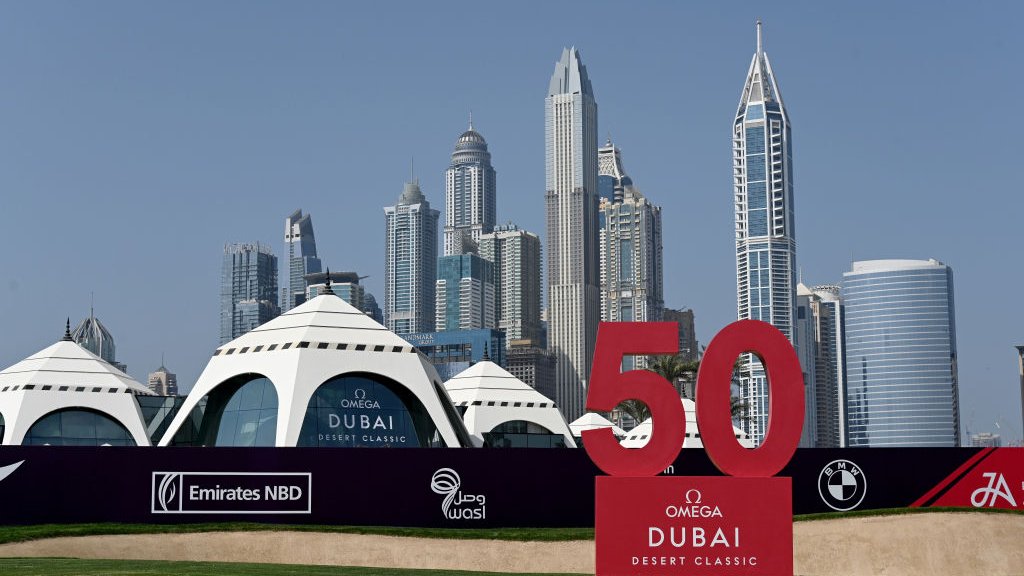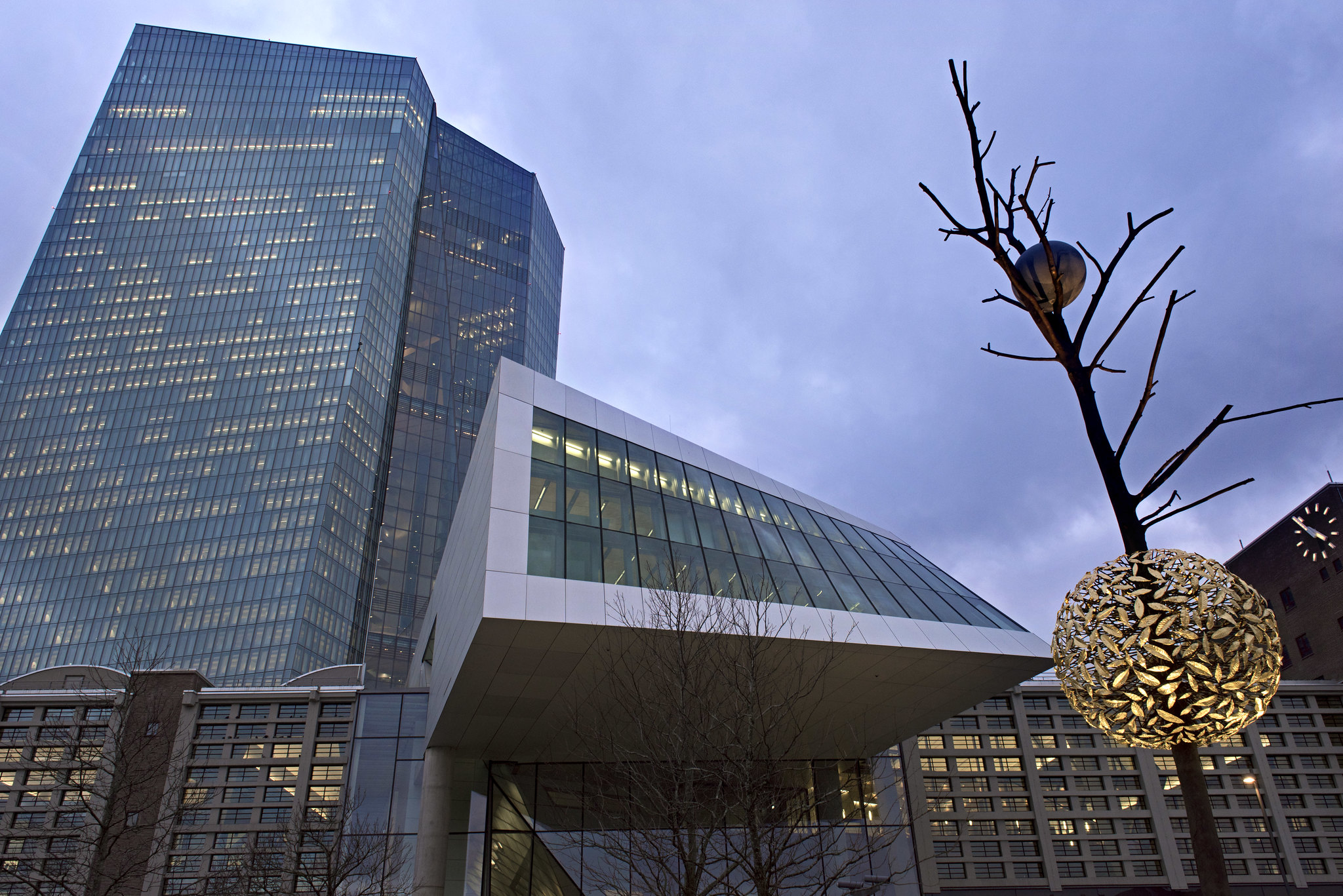London (Parliament Politics Magazine) – The year 1973 became clear in the economic history of the Middle East. Surprisingly, the price of Arabian Light, which is crude oil, was $3.01 per barrel. As the war broke down between Arab and Israel, the price increased further by $51.2. It is one of the reasons why how the Middle East became rich so fast.
By January 1974, the price of this precious oil increased to $11.6. The oil importers and exporters had a lot of opportunities to enhance their profits to a new level. It led to the international transfer of purchasing power in the Middle East. Out of twenty-three countries in this region, they became the prime exporters of oil.
How Did the Middle East Become Rich?
The Middle East is composed of 23 different countries. However, the poorest remain to be Yemen while the richest ones are in Qatar. Interestingly it boasts the fastest-growing population in the world. Most countries in the Middle East are exporters of oil and gas in the world. Moreover, they have the most significant sovereign wealth funds.
Our restructuring team hosted their second “Restructuring Professionals” event in Riyadh. Peter Mayrs, Business Restructuring Partner, moderated a panel on ‘Secondary Debt Trading’ with industry experts & discussed the challenges & opportunities in the market. #SaudiVision2030 pic.twitter.com/B0mdyBhF0R
— PwC Middle East (@PwC_Middle_East) November 17, 2022
The reason why the Middle East became so rich is due to the production of oil. They are one of the top holders of US treasuries. Interestingly, the GDP contribution stands at 4.6% in the world. This number is considerably low compared to Europe which stands at 15.6%. The year 1973 saw the start of major economic growth and since then there is no looking back. However, there is still a lot of room for growth and improvement.
As the global energy prices remain stable it will impact the US economy in many ways. The Middle East is responsible for bringing 80% of the energy supply from fossil fuels. Sometimes companies all over the world have to face fluctuations in the prices of oils. The latest decline from Russia. Saudi oil price tiff has been a turning point.
Richest Countries In The Middle East
Throughout the years, all the wealthy Arab countries have been a center of attraction for visitors. They like to enjoy delicious food and attractive architecture. However, when you think about the Middle East one thing that comes to your mind is oil. No doubt they are the largest exporters of oil and gas in the world. This is the reason why Middle Eastern countries are considered to be the richest.
What part of economic growth, record-low black poverty, record-low unemployment, peace in the Middle East, USMCA, border security, criminal justice reform, lower carbon emissions, decoupling from China, no war, return to space and rapid vaccines didn’t you like? #ImpeachmentTrial https://t.co/Sqqny5oDmh
— Joel Pollak (@joelpollak) February 10, 2021
Syria had to face a lot of damage when it comes to infrastructure. It was estimated between $33 and 42 billion. Yemen is facing a lot of instability and conflict due to various issues. The cost relating to humanitarian crises is on the rise. Due to this people are not able to get social services like health and education. It is one of the reasons why the imports have significantly gone down. Here is a list of the richest countries in the Middle East.
1. Oman
The GDP per capita is $28,448.90
2. Bahrain
GDP per capita is $43,181.20
3. Saudi Arabia
The GDP per capita is $46,762.50
4. Kuwait
The GDP per capita is $51,962.00
5. United Arab Emirates
The GDP per capita is $69,957.60
6. Qatar
The GDP per capita is $89,948.60
What Is The Future Of the Middle East Economy?
World Bank Economists have given an important forecast on the future of the Middle East. The region will grow by 5.5% in 2022 and by 3.5% in 2023. However, the growth will remain uneven in different countries. Most countries in the Middle East can gain a lot if they move strategically in the future.
When it comes to the share of oil production it will rise more than 30 to 40% in 2025. Saudi Arabia alone will account for half of the oil production in the Gulf. Interestingly the number of nuclear weapons is likely to grow in number very soon.
The region’s share of oil production will rise from less than 30% today to more than 40% in 2025. Most of the world’s financial health lies in the hands of Sovereign Wealth Funds. They all are Gulf-based which gives the Middle Eastern countries a chance to grow. Even though the fertility rates are expected to fall, still the population is higher.
Read More: Joe Biden to visit the Middle East for the first time as US president
The overall population of the Middle East is expected to grow by 40%. This number might be greater in Jordan, Syria, and Iraq. With the increase in population, the demands from the youth will continue to rise. It depends on how these countries work to bring harmony and enhance the economic growth.






